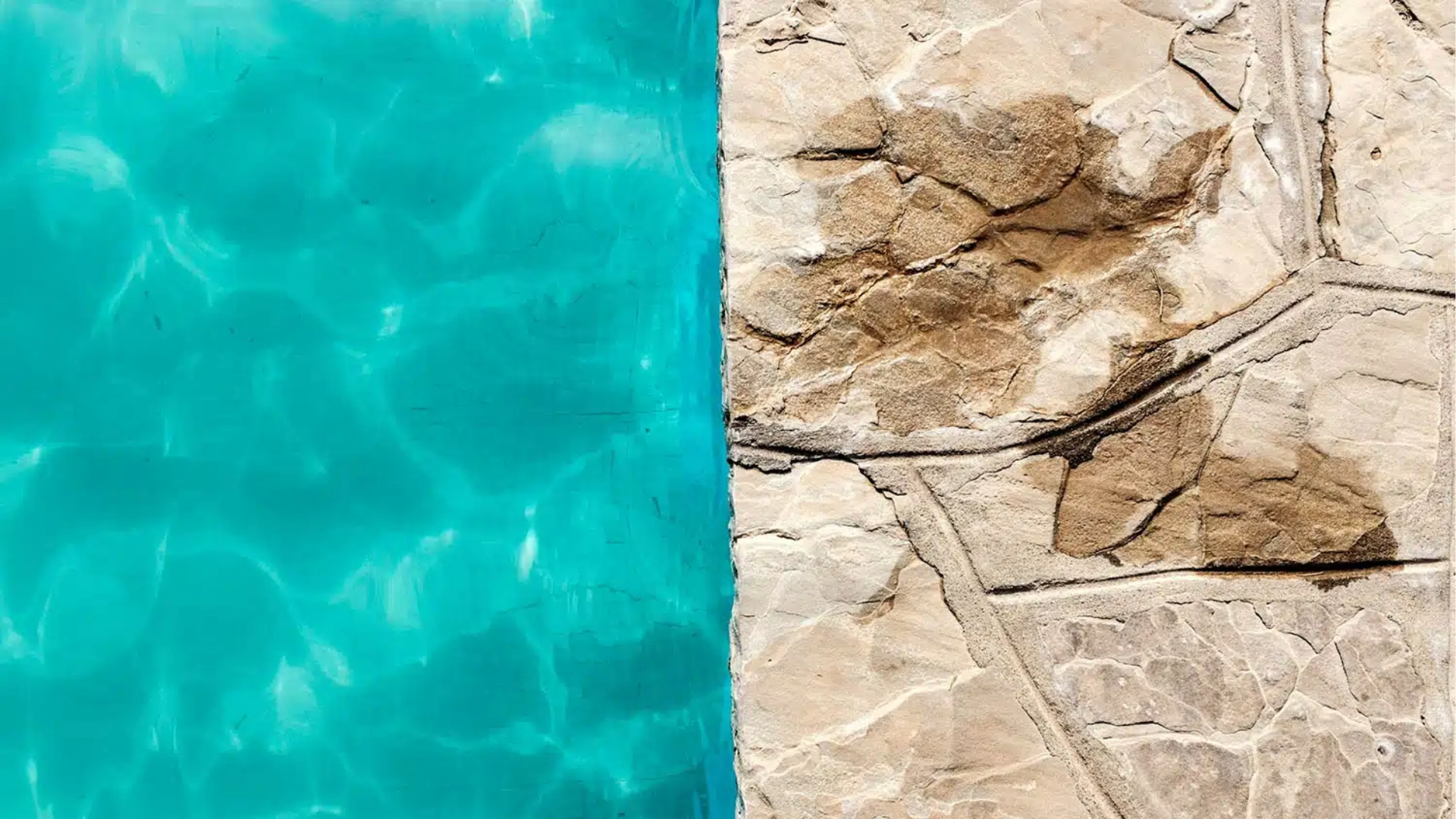
Why Do Things Look Darker When They’re Wet?
Ever wondered why things look darker when wet? NC State ECE professor and optics expert Michael Kudenov explains it’s due to total internal reflection, where water’s refractive index causes light to reflect back rather than pass through, making surfaces like wet concrete or damp clothing appear darker.
October 18, 2024 ![]() Matt Shipman
Matt Shipman
From rain-soaked sidewalks to sweat-stained dress shirts, you’ve probably noticed that most things look darker when they’re wet. Why?
The answer involves physics, but we can explain it by talking about swimming pools.
If you’re standing next to a swimming pool, and the water is clear, it’s pretty easy to see the bottom of the pool. However, if you’ve ever gone underwater in a swimming pool and looked back up at the surface, you may have noticed that the surface of the water looks kind of like a mirror, reflecting light back at you. That’s because of something called total internal reflection.
Now we’ve got to talk about something called the refractive index, which is essentially a way of measuring how fast light can travel through something. The higher something’s refractive index, the slower light travels through it. Water has a higher refractive index than air, meaning light moves more slowly through water than it does through air. Got it?
Okay, now we can come back to total internal reflection. When two different media come into contact with each other you get a boundary – like the surface of the water in the pool, where the air and the water meet. Two things happen when light tries to pass through the boundary from water into air – and a lot depends on the angle of the light as it meets the boundary.
First, for smaller angles of light – meaning light that is traveling close to straight up and down as it meets the boundary – a small amount of light is reflected away from the boundary and doesn’t pass through into the air.
Second, some of the light that does pass through the boundary – from a medium with a higher refractive index (water) into a medium with a lower refractive index (air) – loses all of its transmitted power, decaying rapidly in the air. More specifically, while smaller angles of light escape the water with only a little resistance, larger angles don’t.
The end result is that at these larger (and more horizontal) angles less light is traveling from the water into the air for any appreciable distance. So the surface looks reflective underwater because all of the light traveling at those larger angles has its power reflected back into the pool.
Now take this concept and apply it to just about anything that can get wet.
For example, pale grey concrete looks dark grey when it gets wet. Why? Because there’s a thin film of water on top of the concrete, some of the light that bounces off the concrete is essentially reflected back at the concrete by the water due to total internal reflection. And because less light is passing through the water and reaching our eyes, the concrete seems darker.
The same holds true for everything from wet blue jeans (uncomfortable) to sweaty T-shirts (gross).
Many thanks to Michael Kudenov, optics expert and a professor of electrical and computer engineering at NC State, for sharing his expertise on the physics of light. Any mistakes in this piece are entirely due to the author.
